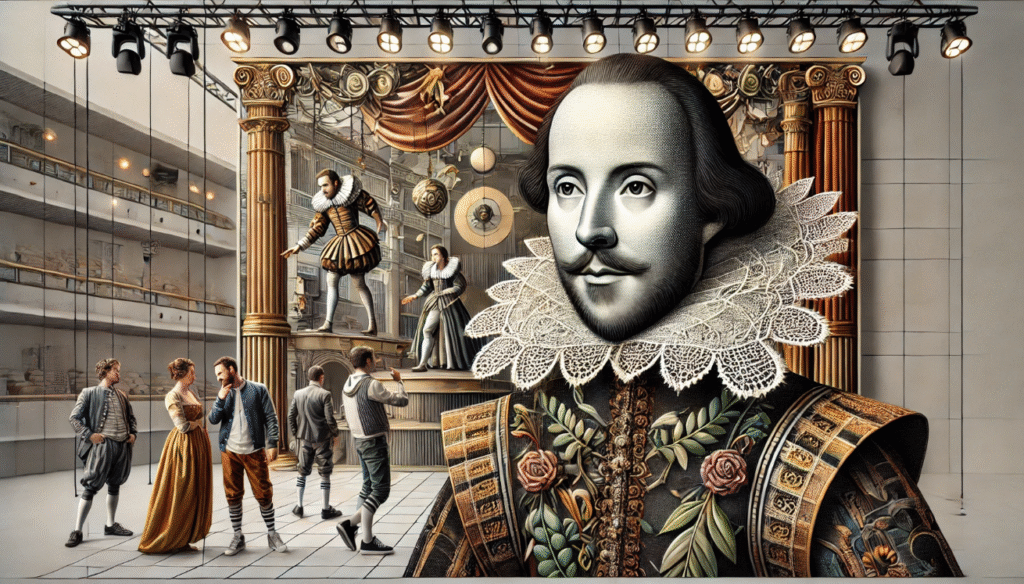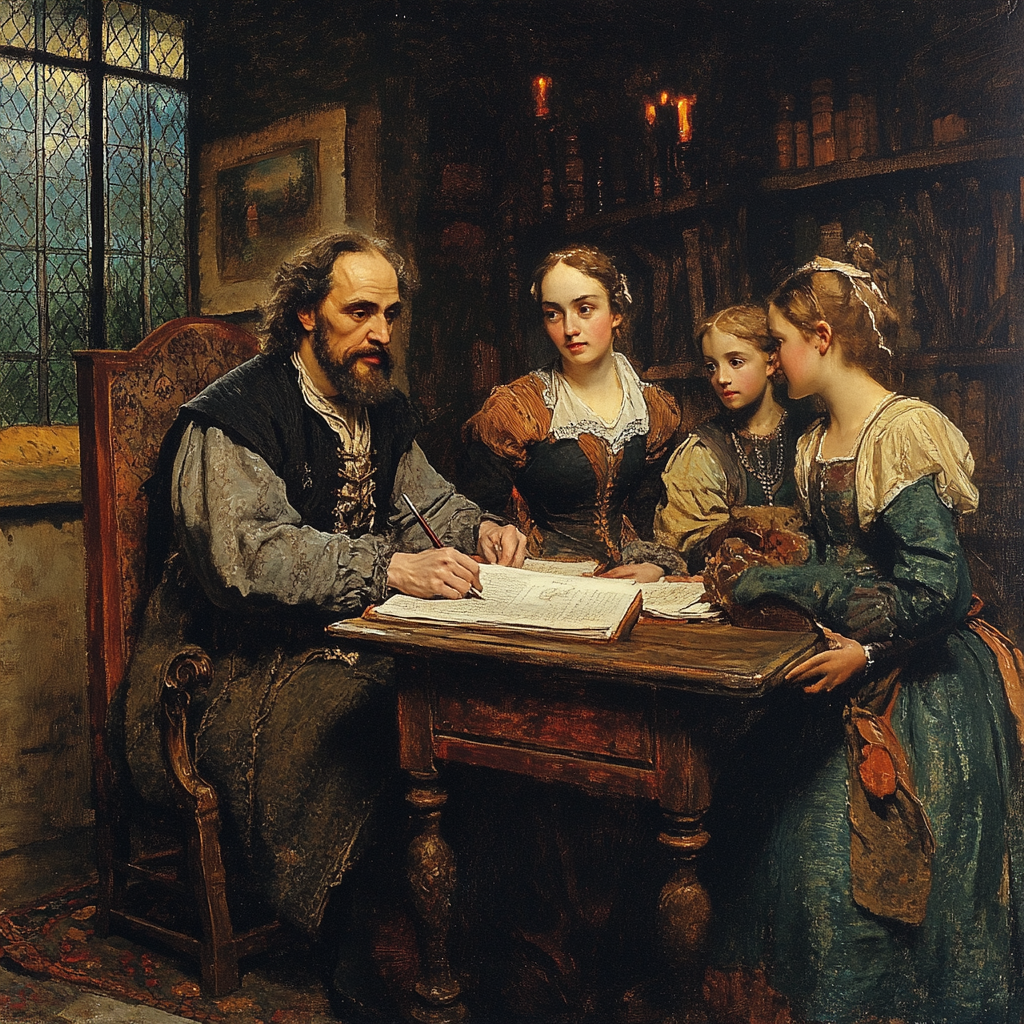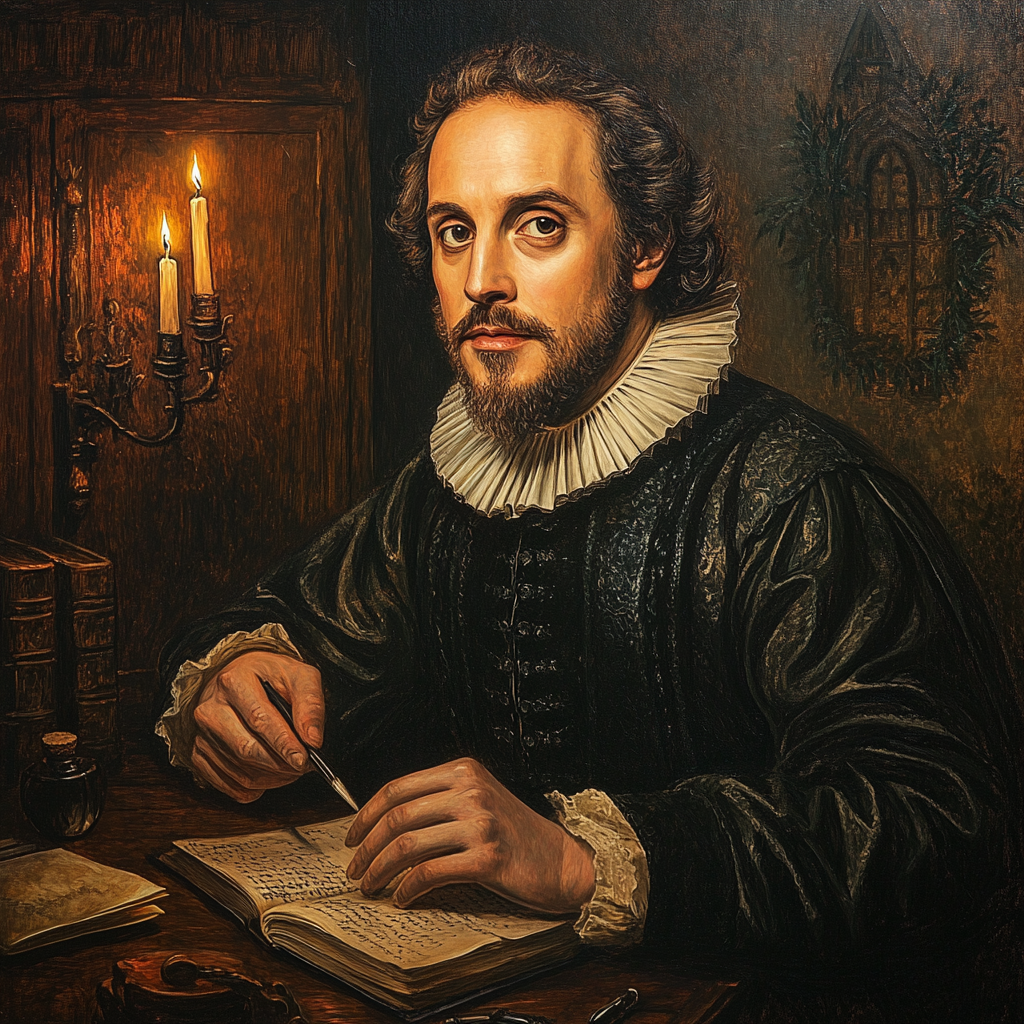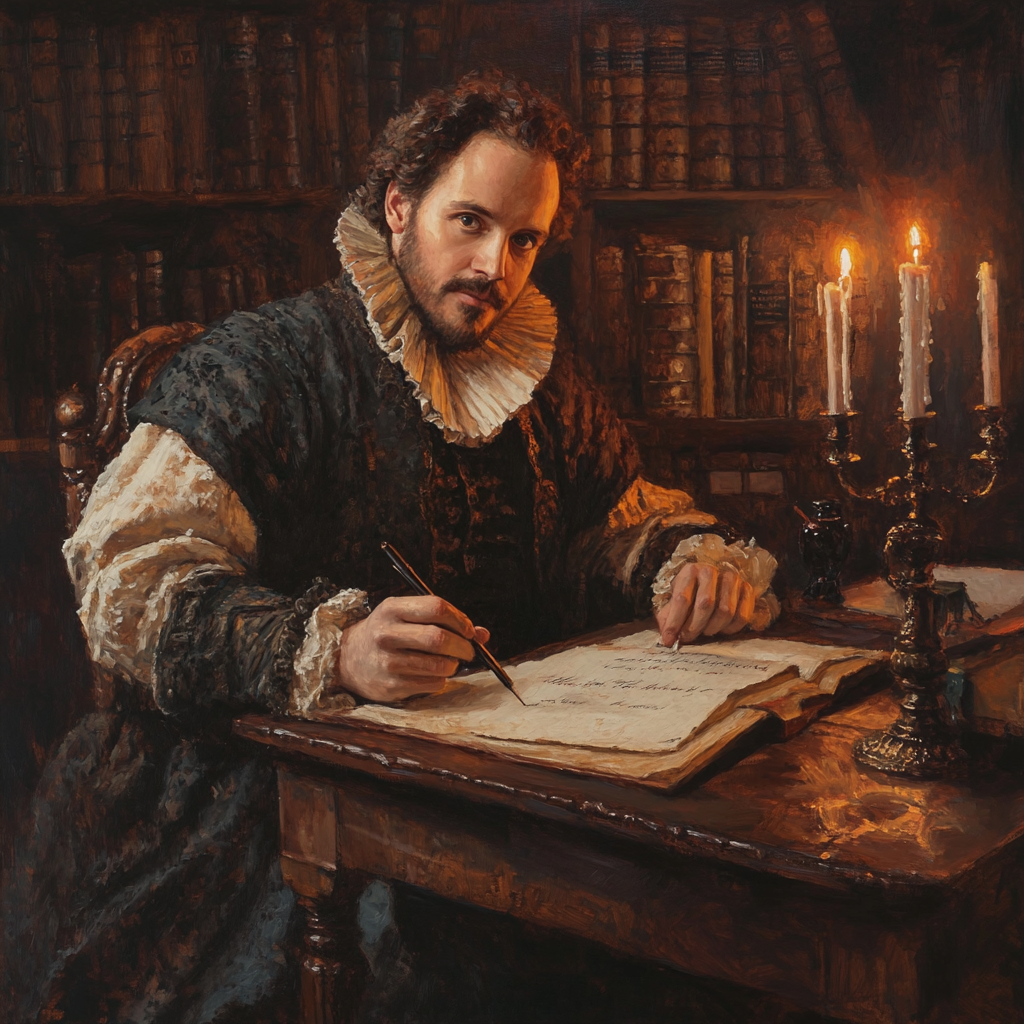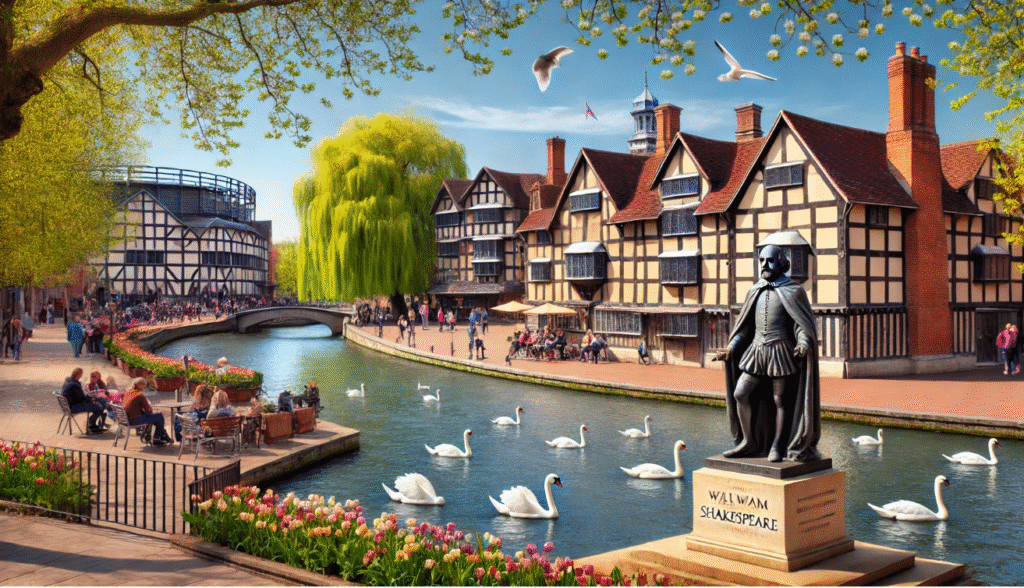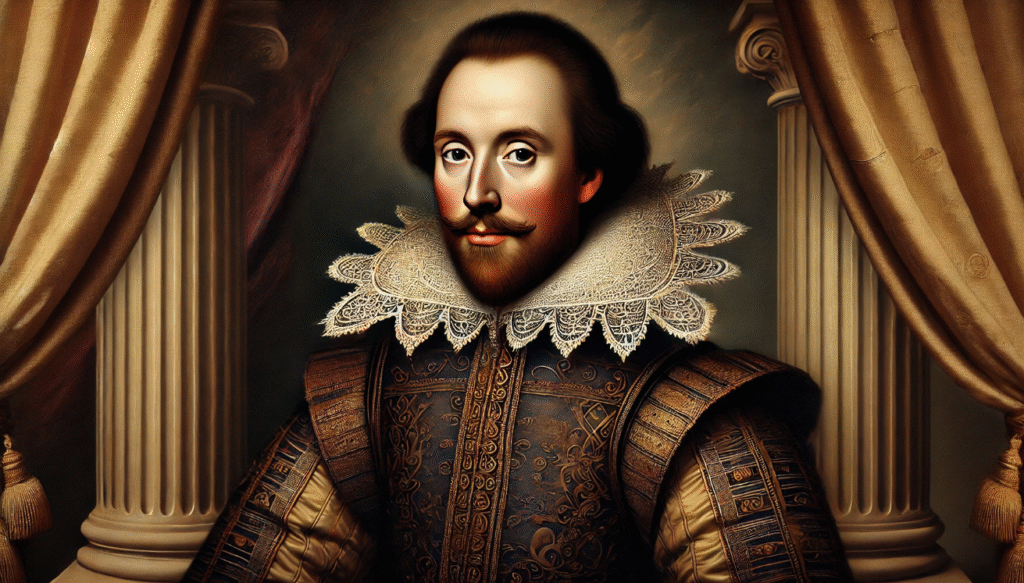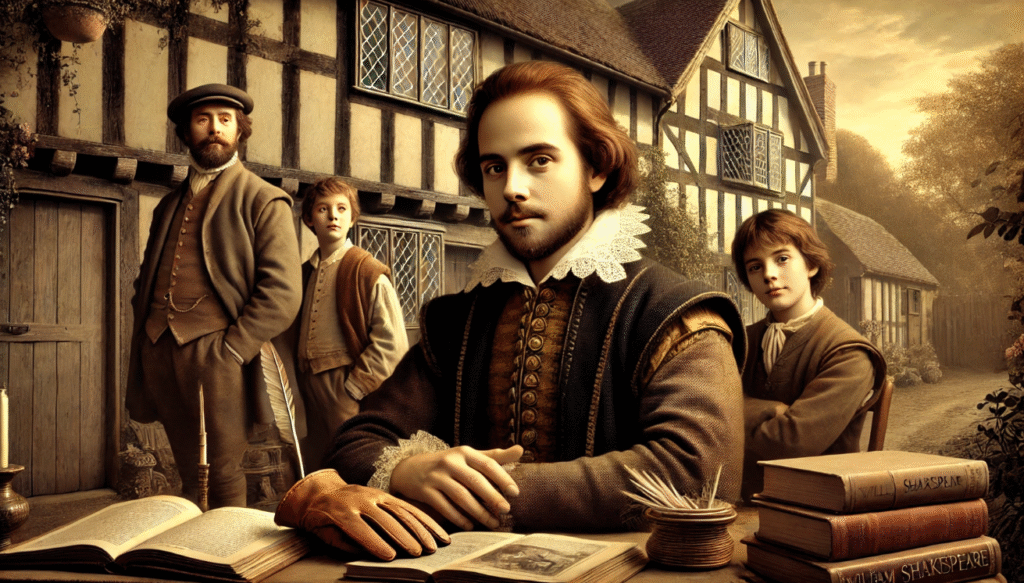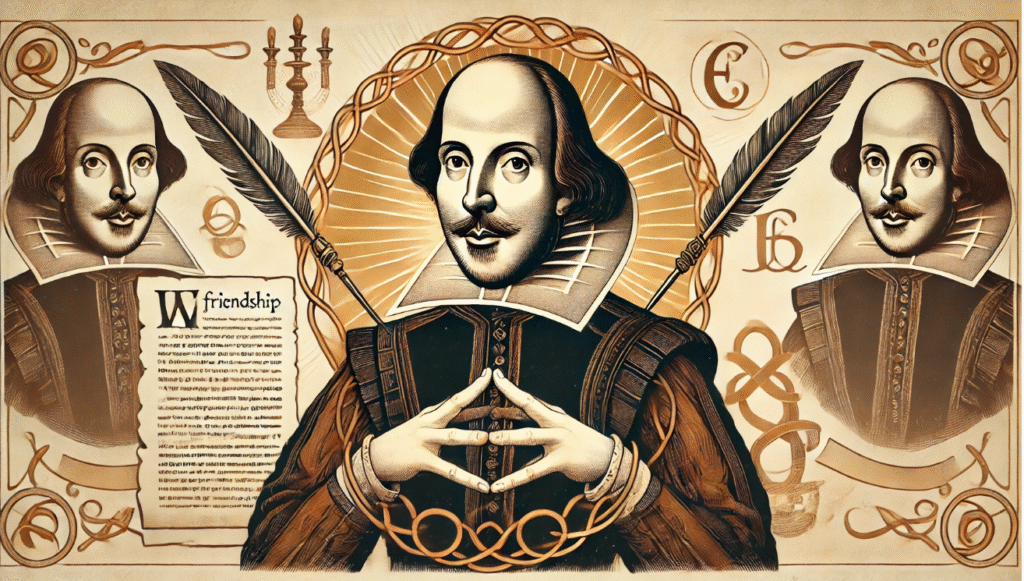 “Shakespeare once said, Shakespeare’s impact on theatre practices ‘All the world’s a stage, and all the men and women merely players.’ This timeless quote not only reflects the profound wisdom of William Shakespeare, but also highlights his enduring influence on the theatrical world. As one of the most significant playwrights in history, Shakespeare’s legacy continues to shape modern stages and theatrical practices. In this article, we will explore Shakespeare’s enduring impact on theatre and how his innovative techniques continue to resonate with audiences and artists alike.
“Shakespeare once said, Shakespeare’s impact on theatre practices ‘All the world’s a stage, and all the men and women merely players.’ This timeless quote not only reflects the profound wisdom of William Shakespeare, but also highlights his enduring influence on the theatrical world. As one of the most significant playwrights in history, Shakespeare’s legacy continues to shape modern stages and theatrical practices. In this article, we will explore Shakespeare’s enduring impact on theatre and how his innovative techniques continue to resonate with audiences and artists alike.
Shakespeare’s Revolutionary Contributions to Theatre

Innovations in Playwriting
The use of complex characters and psychological depth in literature adds a layer of authenticity and relatability to the storytelling. By delving into the intricacies of human emotions and motivations, authors are able to create multi-dimensional characters that resonate with readers on a deep level. Furthermore, the mastery of blending tragedy, comedy, and history in unique ways allows for a rich and dynamic storytelling experience. By seamlessly weaving together different genres and elements, authors are able to create narratives that are both thought-provoking and entertaining, offering a nuanced portrayal of the human experience. In addition, the exploration of universal themes like love, power, and morality in literature allows for a deeper understanding of the human condition.
Pioneering Use of Language

The invention of words and phrases still in use today can be traced back to various historical periods and literary movements. For example, Shakespeare is often credited with coining or popularizing many words and phrases that are still in use today, such as “bedazzled,” “swagger,” “assassination,” and “eyeball.” These contributions have had a lasting impact on the English language and continue to be integrated into everyday speech. Furthermore, the incorporation of iambic pentameter in drama has been a significant development in the history of literature. This poetic meter, consisting of five pairs of alternating stressed and unstressed syllables, has been used to elevate the rhythmic and lyrical quality of dramatic works.
Breaking Traditional Norms

Well, in the history of storytelling, there has been a shift from simple morality plays to more complex and layered narratives. This transition has seen the introduction of subplots, which add depth and richness to the overall storytelling. Subplots allow for the exploration of multiple storylines and characters, creating a more intricate and engaging narrative. This evolution in storytelling has opened up new possibilities for exploring themes, character development, and the interconnectedness of different plotlines. Overall, the introduction of subplots has allowed for a more sophisticated and multi-faceted approach to storytelling.
Transforming Theatre Practices in His Time
Collaboration with the Globe Theatre

The Globe Theatre played a crucial role in bringing Shakespeare’s works to life by using innovative staging techniques and promoting audience interaction. The open-air design of the theater allowed for a more dynamic and immersive experience for the audience, as they were able to interact with the actors and be a part of the performance. Additionally, the Globe’s use of special effects, such as trap doors and flying machinery, added an extra layer of excitement to the productions. Overall, the Globe Theatre created a unique and engaging platform for Shakespeare’s works to be performed and experienced by audiences in a way that was truly ahead of its time.
Engagement with Diverse Audiences
Shakespeare’s ability to write for both the elite and the common folk was a testament to his remarkable skill as a playwright. He crafted his works with a universal appeal that transcended social barriers, making them accessible to a wide range of audiences. This inclusivity had a profound impact on theatre-going culture, as it brought people from all walks of life together to experience the power of storytelling and live performance. It helped democratize theatre and create a sense of community among audiences, fostering a rich and diverse cultural environment. Shakespeare’s ability to bridge the gap between the elite and the common folk ultimately contributed to the enduring popularity and relevance of his works in the centuries that followed.

Advancement in Actor Training
Shakespeare’s plays require versatile and skilled actors who can handle the demands of improvisation and demonstrate a wide emotional range. The ability to embody different characters and convey a range of emotions is essential for bringing his complex and nuanced characters to life on stage. This requires actors who are not only technically proficient, but also capable of tapping into their emotions and connecting with the audience on a deep level.
The Global Influence of Shakespeare’s Theatre Practices

Adaptations Across Cultures
Modern re imaginings of Shakespeare’s plays in various cultural settings have become increasingly popular in recent years. These adaptations often transport the classic stories into new and diverse settings, offering fresh perspectives on the timeless themes and characters. In theatre, productions such as “Romeo and Juliet” set in contemporary urban environments or “Macbeth” reimagined in a post-apocalyptic world have gained widespread acclaim. Film adaptations like “10 Things I Hate About You,” a modern take on “The Taming of the Shrew,” and “O,” a high school retelling of “Othello,” have also resonated with audiences. Furthermore, other media such as television and literature have also embraced the trend of cultural reinterpretations of Shakespeare’s works.
Shaping Modern Playwriting and Directing
Arthur Miller and Tom Stoppard, along with many other modern playwrights, have been greatly influenced by Shakespeare’s work. They have incorporated elements of Shakespeare’s themes, characters, and language into their own plays, often exploring similar themes of power, betrayal, and human nature. Additionally, modern theatre productions have adopted several techniques from Shakespeare’s plays, such as soliloquies, asides, and the use of iambic pentameter. These techniques add depth and complexity to characters and allow for deeper exploration of the human psyche in contemporary theatre. Overall, Shakespeare’s influence on modern playwrights and theatre productions has been profound and continues to shape the way we understand and appreciate theatre today.
Global Shakespeare Festivals
Festivals around the world celebrate the work of artists by showcasing their creations through various events and exhibitions. These festivals play a significant role in preserving the legacy of the artist by reinterpreting their work and introducing it to new audiences. They often feature performances, screenings, and discussions that bring the artist’s work to life in new and exciting ways, ensuring that their impact continues to be felt for generations to come.
Lessons from Shakespeare for Modern Stages

Timeless Themes Resonate Today
Certainly! In contemporary productions, themes of identity, ambition, and societal norms are often explored in a variety of ways. For example, in the TV show “Black Mirror,” episodes like “Nosedive” and “Fifteen Million Merits” delve into the impact of societal norms on individual identity and ambition, as well as the consequences of striving for success within a predetermined framework. Similarly, in the film “Whiplash,” the protagonist’s ambition to become a renowned jazz drummer is challenged by societal expectations and the pressure to conform to a certain standard of excellence. These examples demonstrate how contemporary media continues to engage with and interrogate these universal themes in thought-provoking and relevant ways.
The Art of Audience Engagement
To captivate modern audiences with Shakespearean techniques, it’s essential to balance entertainment with intellectual stimulation. One effective technique is to adapt the language and themes of Shakespeare’s works to make them more accessible and relevant to today’s audience. This might involve modernizing the language, adding contemporary references, or exploring universal themes that resonate with modern issues. Additionally, incorporating visual and auditory elements, such as music, dance, and multimedia effects, can enhance the entertainment value and engage audiences on a sensory level. By skillfully blending these elements, modern adaptations of Shakespeare’s techniques can captivate and inspire audiences while honoring the rich tradition of his work.
Adaptability and Experimentation
There are so many exciting ways to engage with classic works of literature and art! Using multimedia and technology can really bring these stories to life in new and inventive ways. Whether it’s creating interactive digital experiences, incorporating virtual reality, or reimagining these works through film and animation, there’s so much potential for creative reinterpretations. Embracing these tools can help make these timeless stories even more accessible and engaging for audiences of all ages. So don’t be afraid to think outside the box and explore the endless possibilities for enhancing storytelling through multimedia and technology!
Challenges and Criticisms of Shakespeare in Modern Theatre

Language Barrier for Contemporary Audiences
The difficulty of Elizabethan English for modern viewers lies in the language and vocabulary used during that time period. The language has evolved significantly since Shakespeare’s era, making his works challenging for contemporary audiences to understand. To make his works more accessible, various strategies are employed. These include modern translations and adaptations of his plays, as well as annotations and footnotes to explain the unfamiliar language and cultural references. Additionally, performances often incorporate visual and auditory aids, such as costumes, set designs, and music, to help convey the meaning and emotions of the text. Overall, these strategies aim to bridge the gap between Elizabethan English and modern audiences, allowing for a deeper appreciation and understanding of Shakespeare’s timeless work.
Debates on Relevance
Shakespeare’s continued dominance in theatre can be attributed to his timeless themes, rich language, and complex characters that continue to resonate with audiences worldwide. His works are a cornerstone of Western literature and have had a profound influence on countless playwrights and artists. However, some argue that the overemphasis on Shakespeare in theatre can limit the representation of diverse voices and perspectives. As the theatrical landscape continues to evolve, there is a growing need to diversify the canon and make space for underrepresented playwrights while also honoring Shakespeare’s enduring contributions to the art form. It is important to strike a balance between celebrating Shakespeare’s legacy and embracing new voices in theatre to ensure a more inclusive and dynamic theatrical experience for all.

Shakespeare made significant contributions to the world of theatre through his plays, sonnets, and overall impact on the English language. His lasting legacy includes his ability to capture the complexities of the human experience, his innovative use of language and imagery, and his influence on the development of modern theatre. Shakespeare’s lessons remain relevant and inspirational for modern practitioners because of his exploration of timeless themes such as love, power, and the human condition. His works offer valuable insights into the complexities of human nature and continue to resonate with audiences around the world. I encourage readers to explore or revisit Shakespeare’s works to better understand his impact on literature, theatre, and the human experience.

